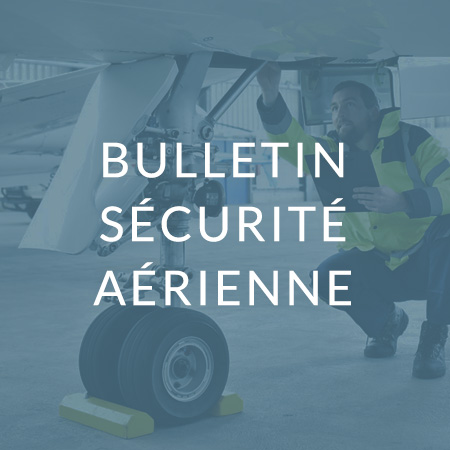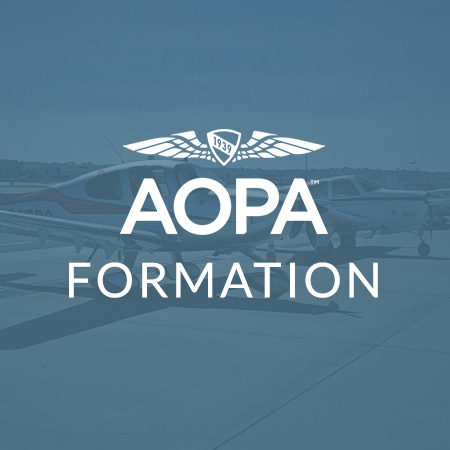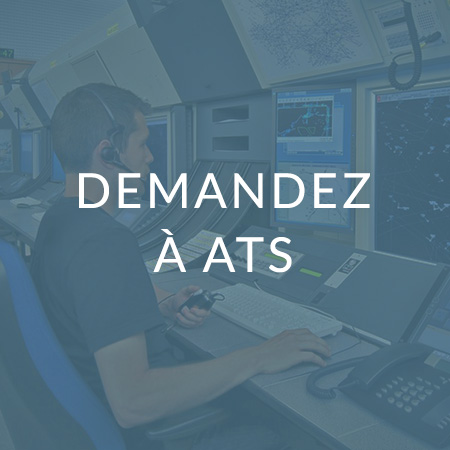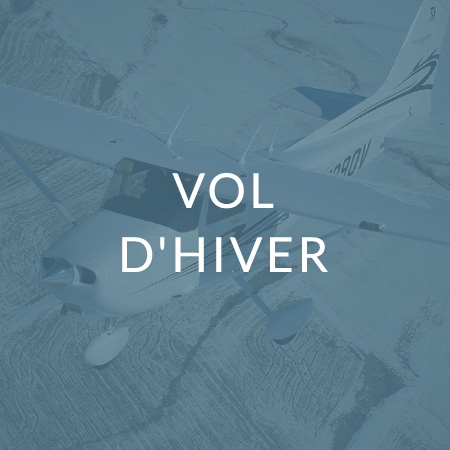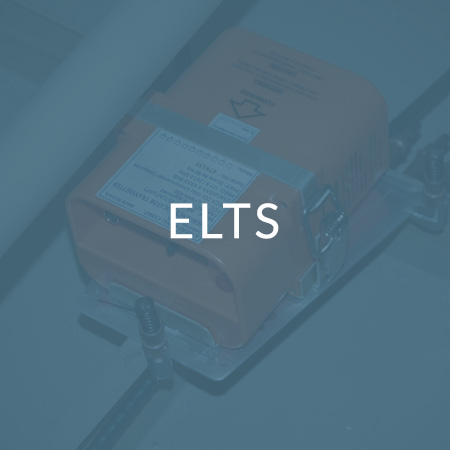Electrical Fire

Overcome by electrical fire.
The Beech Baron pilot was on a single-pilot courier run between Winnipeg, Manitoba, and Thunder Bay, Ontario. He had made two stops and was inbound to Thunder Bay when he advised air traffic control that he had "a minor electrical problem with smoke in the cockpit."
Three minutes later, he announced that he was experiencing increasing smoke in the cockpit. Radar contact was then lost as the aircraft descended below the radar horizon.
The aircraft, found the next afternoon by a search and rescue (SAR) aircraft, had been destroyed and the pilot killed on impact.
Although the Transportation Safety Board investigation has not yet been completed, it seems likely that the pilot was overcome by the electrical smoke, fumes and/or fire and lost control of the aircraft. The fact that he continued to communicate and his transponder continued to function until radar contact was lost would seem to indicate that he did not carry out the appropriate check for an electrical fire.
Most aircraft checklists are fairly generic when it comes to electrical smoke or fire:
- Immediately turn OFF the battery and generators to eliminate the source. Even in instrument conditions, you can still fly the aircraft using the remaining air-driven instruments, as in the following story about one pilot's total electrical failure at night over the cold grey North Atlantic. One big difference between the two occurrences was the availability of portable communications. If he had had he another means of communication, the Baron pilot might not have been so hesitant to turn off all electrics.
- Go on oxygen and don a smoke mask if you have one.
- Turn OFF all electrical switches. With the source eliminated, the smoke should disappear or the fire go out.
- Essential electrics can then be brought back on-line one item at a time, while ensuring that the smoke does not re-appear. The key word is "essential." If you don't absolutely need it, don't turn it ON.
Electrical smoke or fire is not a minor problem; it is just as critical an emergency as an engine failure on takeoff is.
Originally Published: ASL 4/1997
Original Article: Electrical Fire






